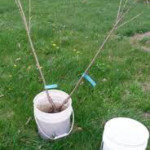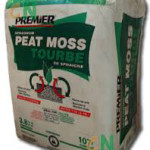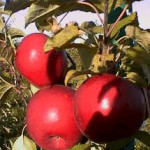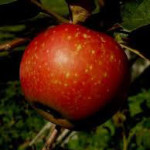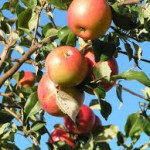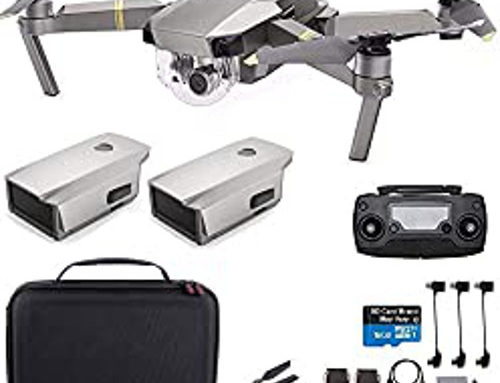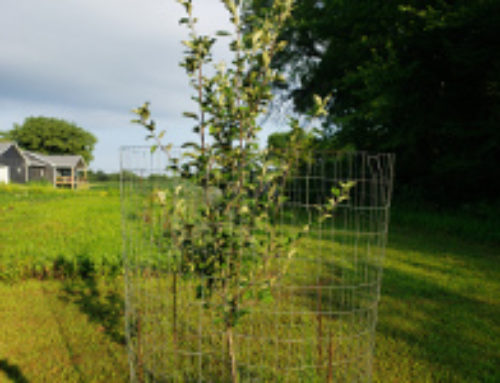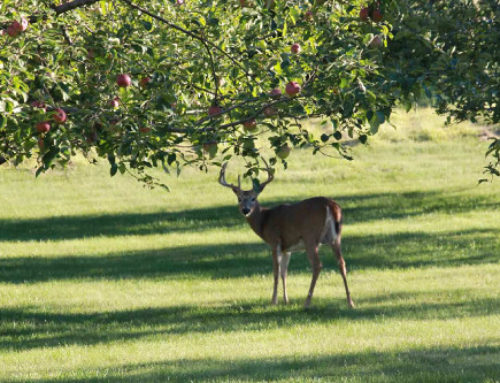Starting an Apple Orchard in the Mid-West
If you are interested in starting an apple orchard for a hobby then 1 acre is plenty, however if you are interested in starting an apple orchard for a business then you will want to consider 10 acres. Now this sounds like a lot, but you will need to rotate your stock as it matures, taking into account how long it takes for a tree to produce fruit. If interested in grafting techniques!
Purchasing your trees and supplies
To start you will need to consider the following; buying your bare root stock, sprays, fertilizers, Planting technique, staking your trees, root simulator, watering, pruning, and guiding the branches in their early stages. Now these each carry different weights on which are more important and there are other things as well to consider, such as pollination, apple variety, cider, and fencing. Now each of these categories are up to and what you have come to understand after doing your research, however do not let this frustrate you as I found starting an apple orchard is easy and not that much work, especially if you enjoy it. In this article-post I will cover purchasing bare root stock, planting, and individual tree fencing. See fencing and tools here.
M27 and EMLA-26 Root Stock
When purchasing your trees you will need to consider which root stock you want. This is the root type you want with your apple trees, as all apple trees are grafted to a root stock which determines if your trees will be Dwarf, Semi-Dwarf, or a full size. The Root Stock will also determine its hardiness and disease resistance. Two examples are;
M27
The most dwarfing of all apple root stocks, produces a tree approximately 6 ft tall. Your trees with this root stock will require a bit more attention to watering. mulching and weed suppression than more vigorous root stocks.
The advantage is that the M27 allows you to grow a lot of different apple trees in a small space. This means you can choose varieties that crop at different times, to get a spread of ripe apples throughout the season. Trees reach maturity in 2-3 years and will produce about 3 bushels.
EMLA-26
This root stock is more like a semi-dwarf and produces a tree that grows 10-13 feet. It will produce approximately 5 bushels and does not need stacking.
The advantage here is the EMLA-26 root stock is cold-hardy in USDA Zones 4-9 and sometimes in zone 3 with the hardiest varieties like Honeycrisp and Wolf River.
Grafting To Root Stock
Watch as we do both the Cleft and Whip & Tongue grafts to our new EMLA-26 Root Stock.
Root Stock Progress after 3 weeks, June 20th
Now we have planted our new trees in the garden, here we will leave them for two seasons before transplanting them into our yard or orchard.
Purchasing Bare Root Trees
When buying your trees you will need to buy a large quantity to get the best prices. By buying 50 trees with a minimum of 10 trees per variety you can buy these trees for $8.95 to $12.95 each. The hardest part is finding a good nursery as some nurseries produce some very poor bare root stock and others are great, having whips from 7/16″ to 5/8″. So I recommend asking a local Nursery where they buy theirs or an apple orchard. Here are two nurseries you can check out; Summerstone and Moser Fruit Trees.
Planting your apple trees
Before planting you will want to mark off your area in rows and prepare it. The distance will depend on the trees, Dwarf versus Semi-Dwarf. You also need to consider the deer in your area, if they are a problem you may need to fence off the entire area. Then I recommend using a root stimulator. By socking the roots into a growth stimulator for 45 minutes it will greatly enhance the establishment of new plantings and the recovery of stressed plants. However, it will also restrict the trees growth the first year focusing more on establishing the root system, which I have found to be a great trade-off. I also like to take the top 2 inches of soil and add a mixture of peat moss and potting soil.
Apple Varieties to start with
When choosing your tree varieties you need to consider the season, apple usage (eat, cook, etc.), and cider if you are going to make cider as well. Three varieties I recommend are; Connel Reds, which are an early apple and are good to eat, but much better for cooking. Then the Wealthy, which is a later apple to ripen and is excellent for eating and cider (better taste than the Honeycrisp, but does not store as well). The the Honeycrisp, which is a late apple with good taste (better after the first hard frost), is good for eating and cider as well.
Monitoring The Growth Throughout The Season
Growth of our Sweet Sixteen after Ten Weeks
Just after 10 weeks we are seeing great growth.


